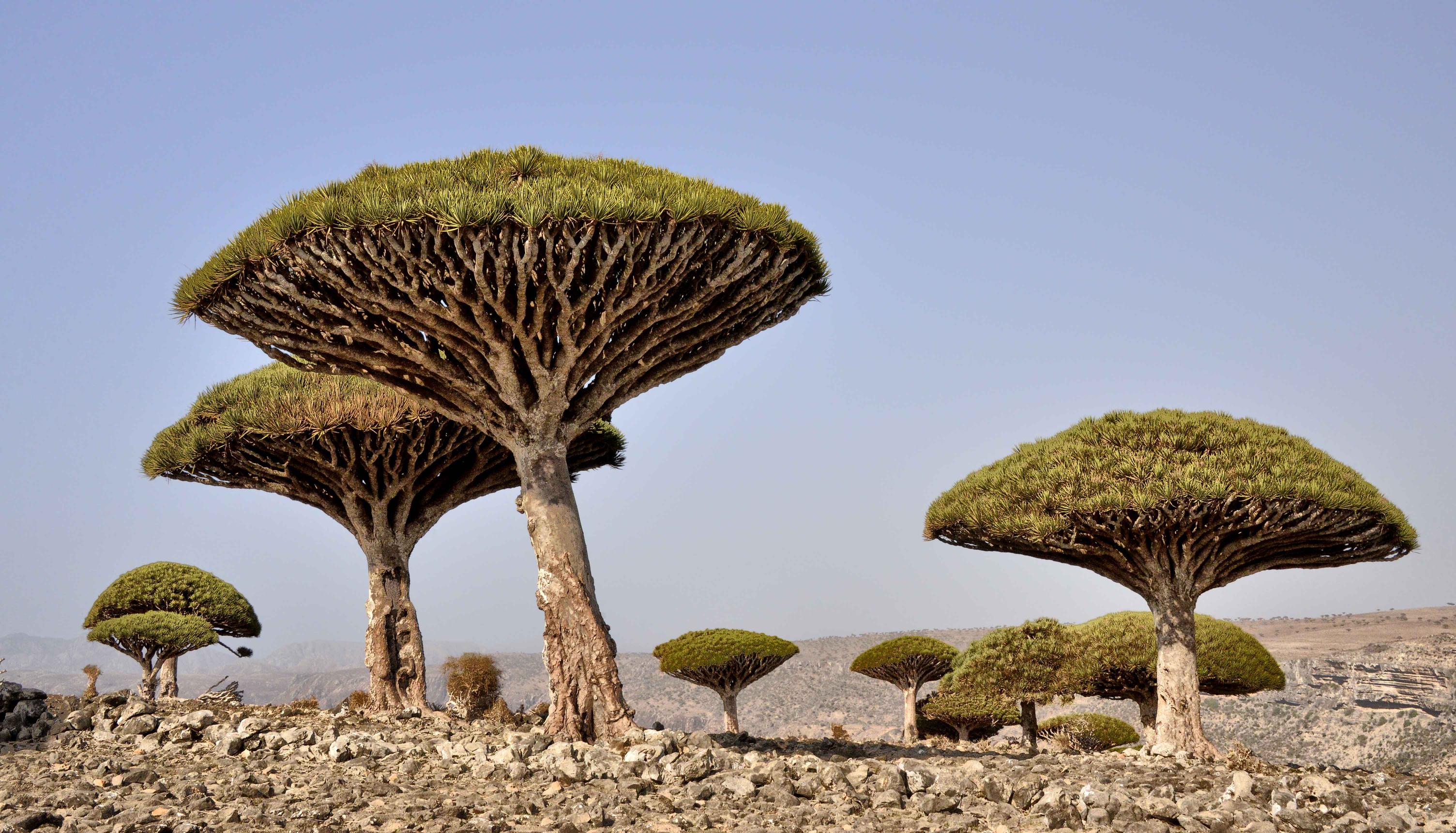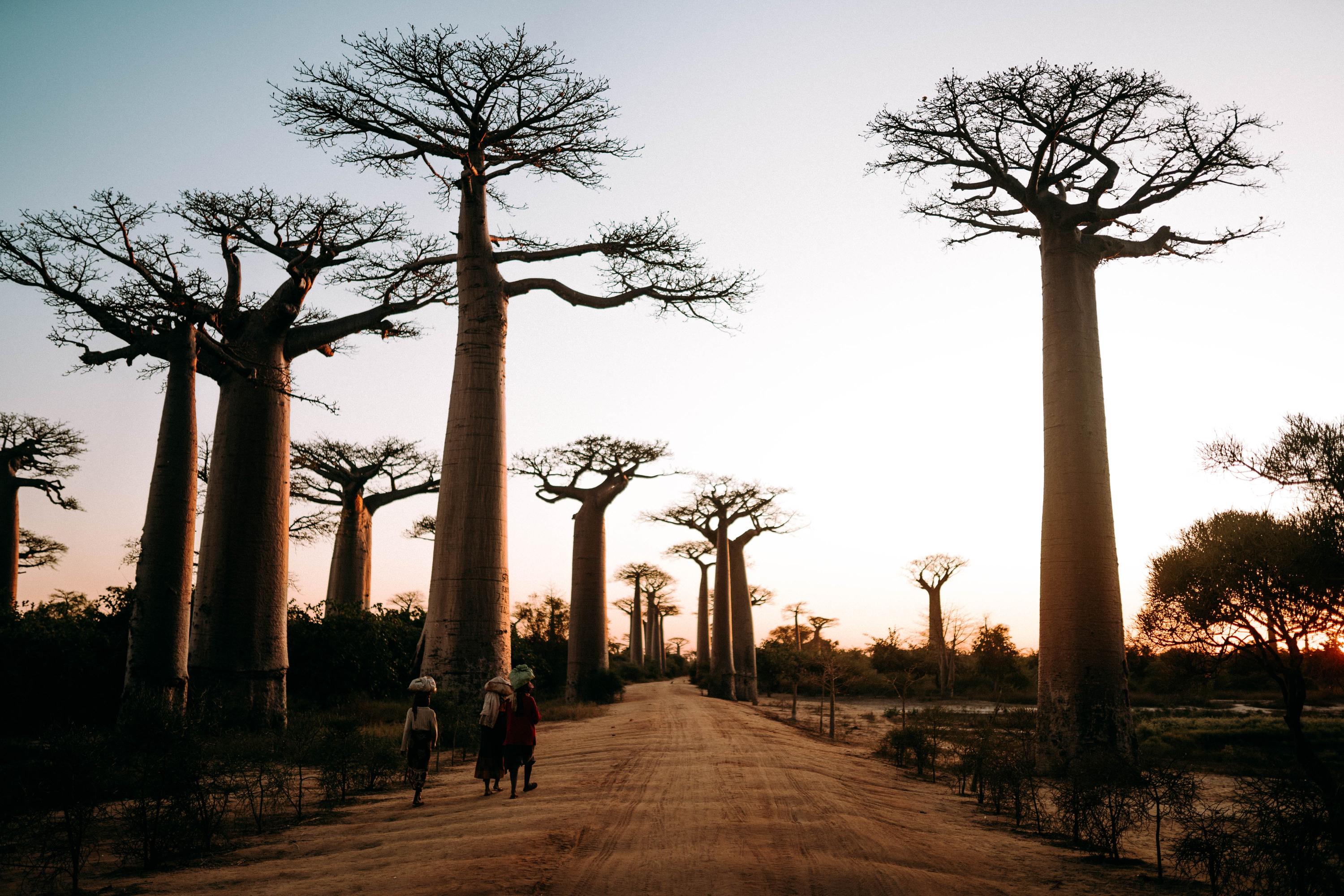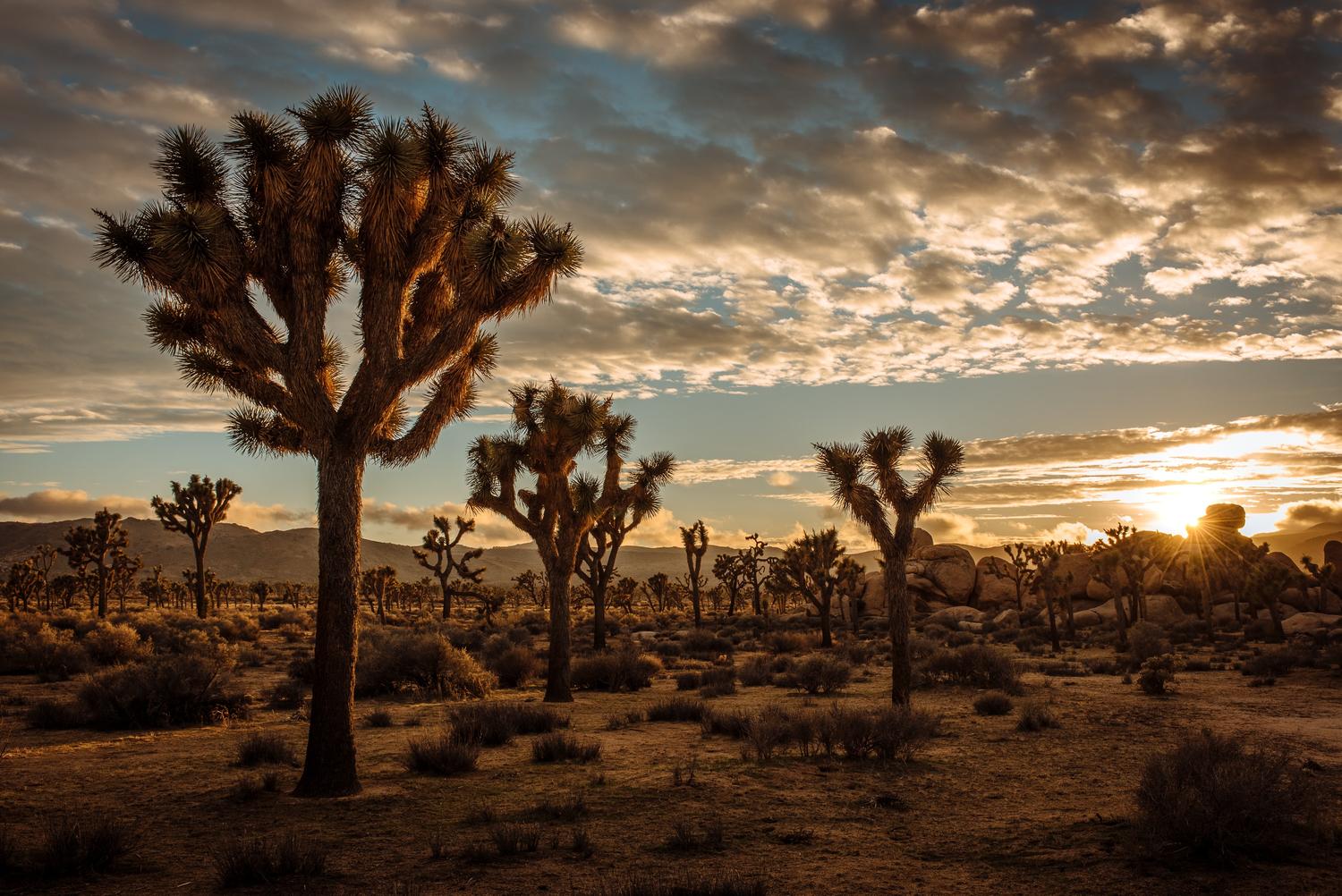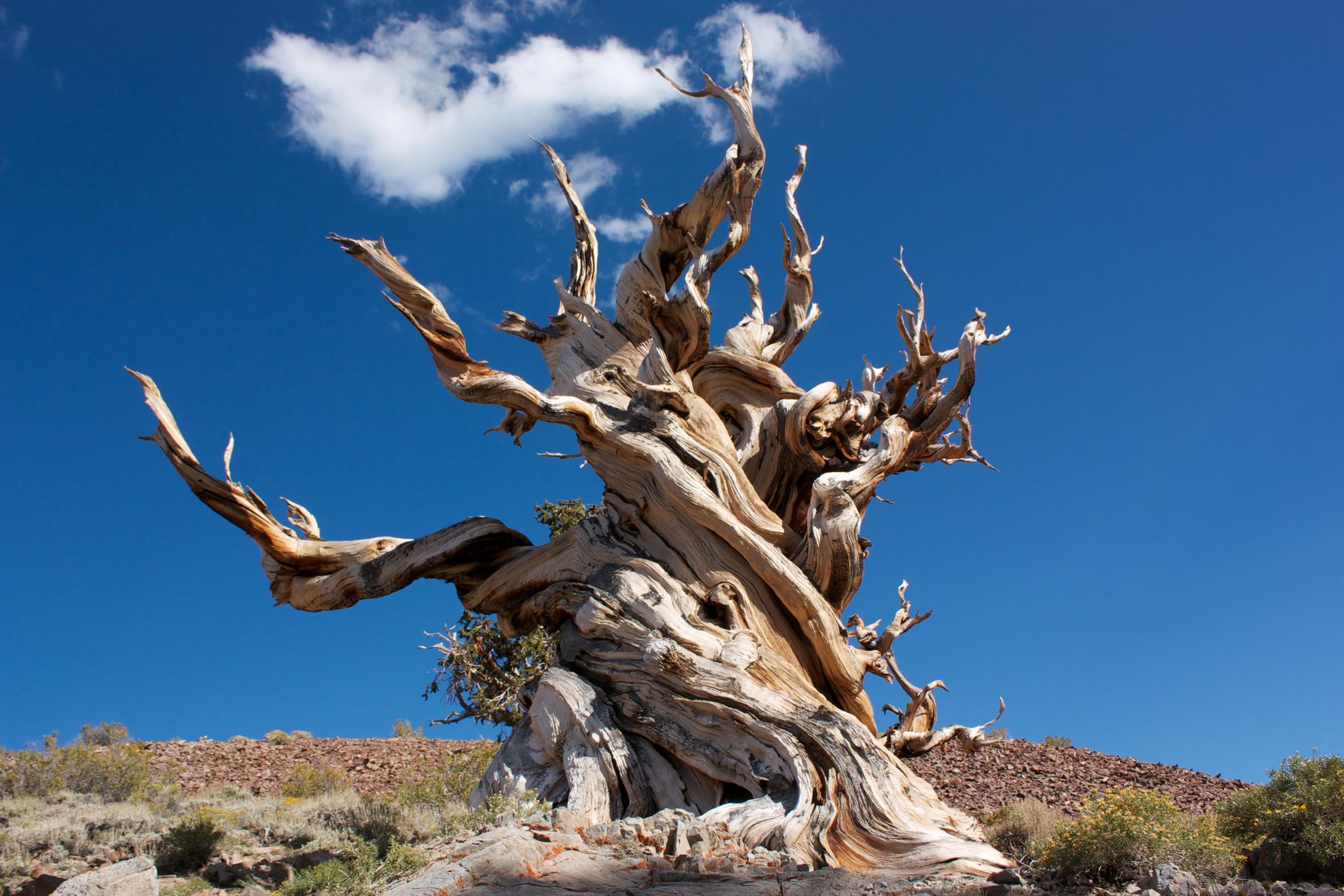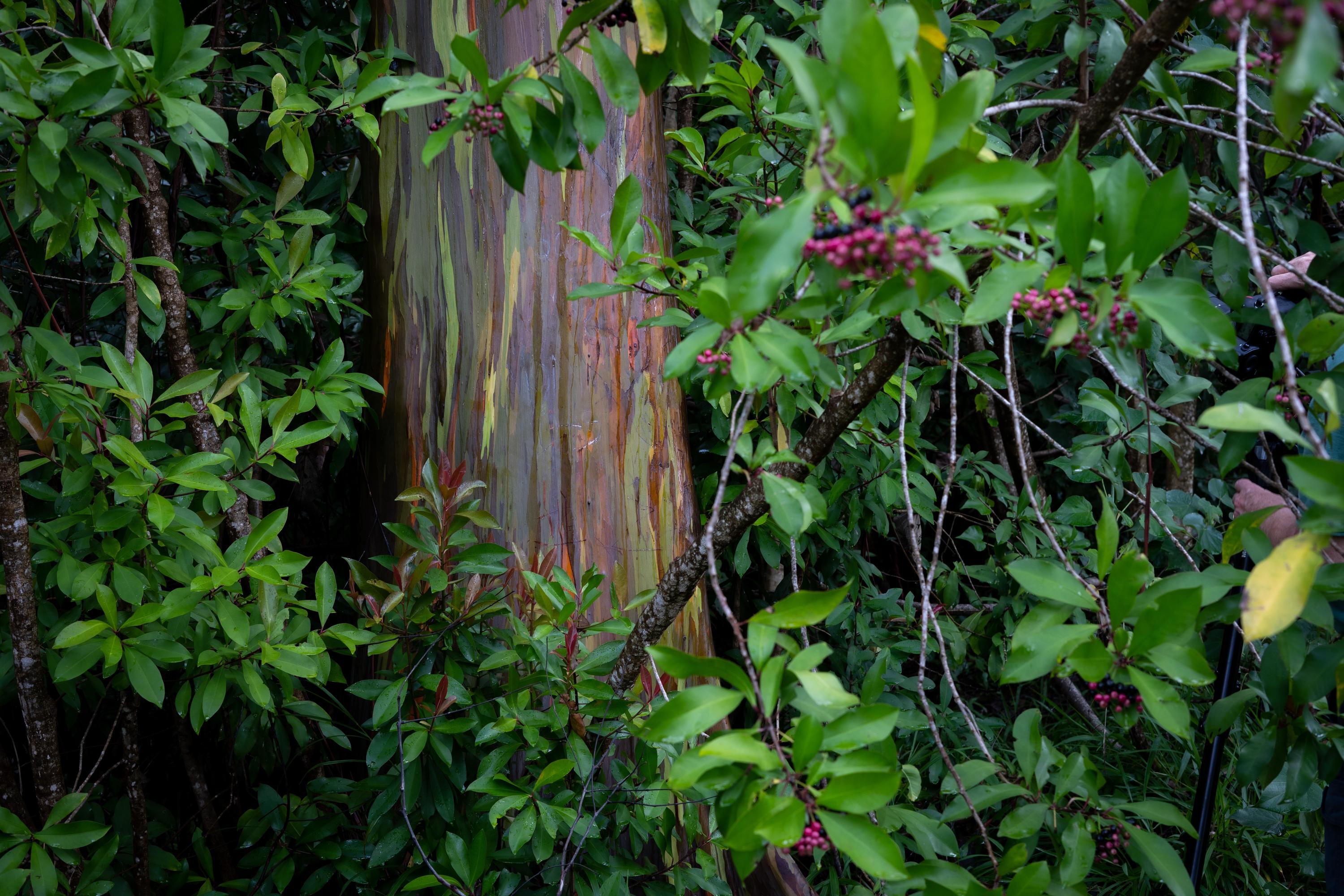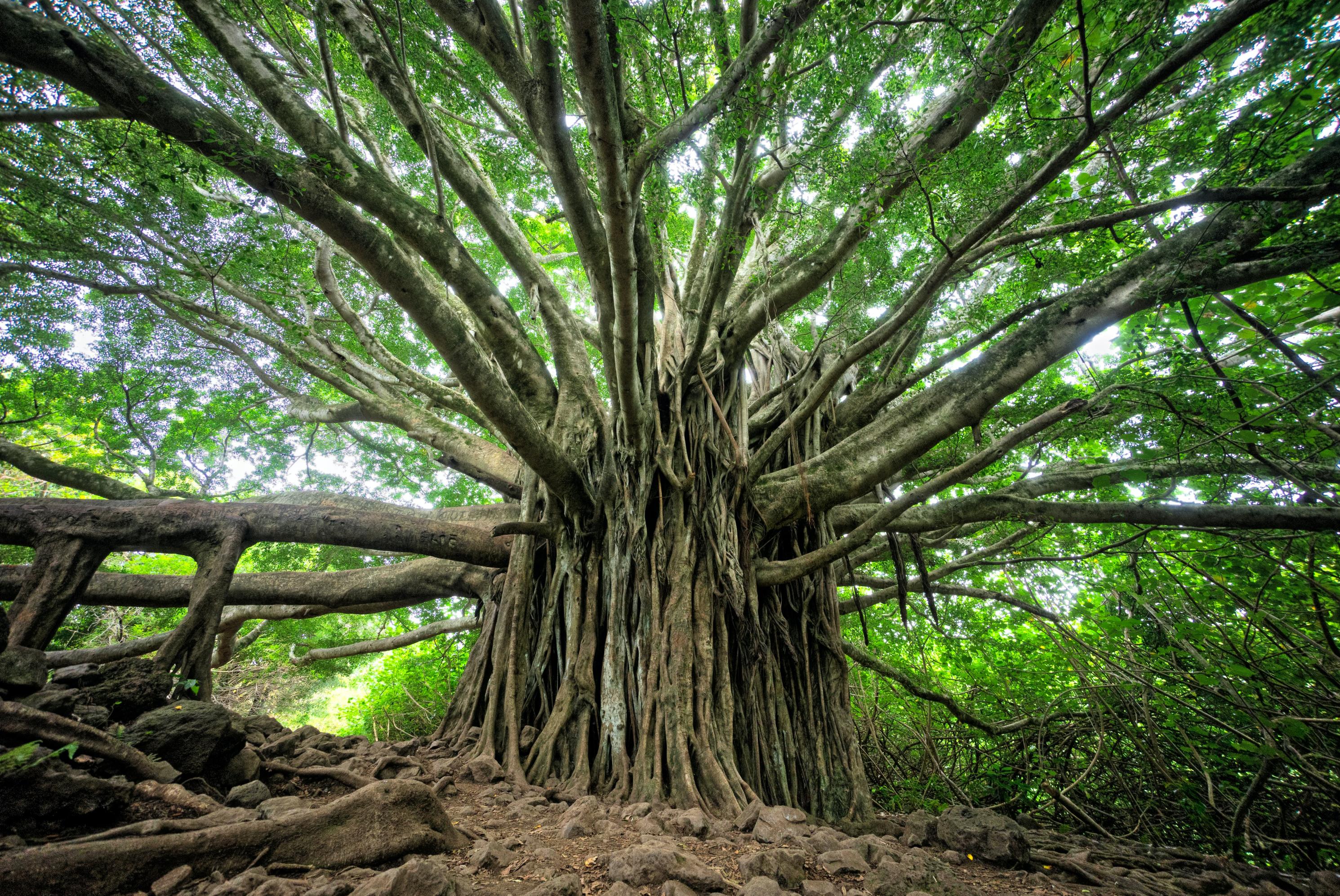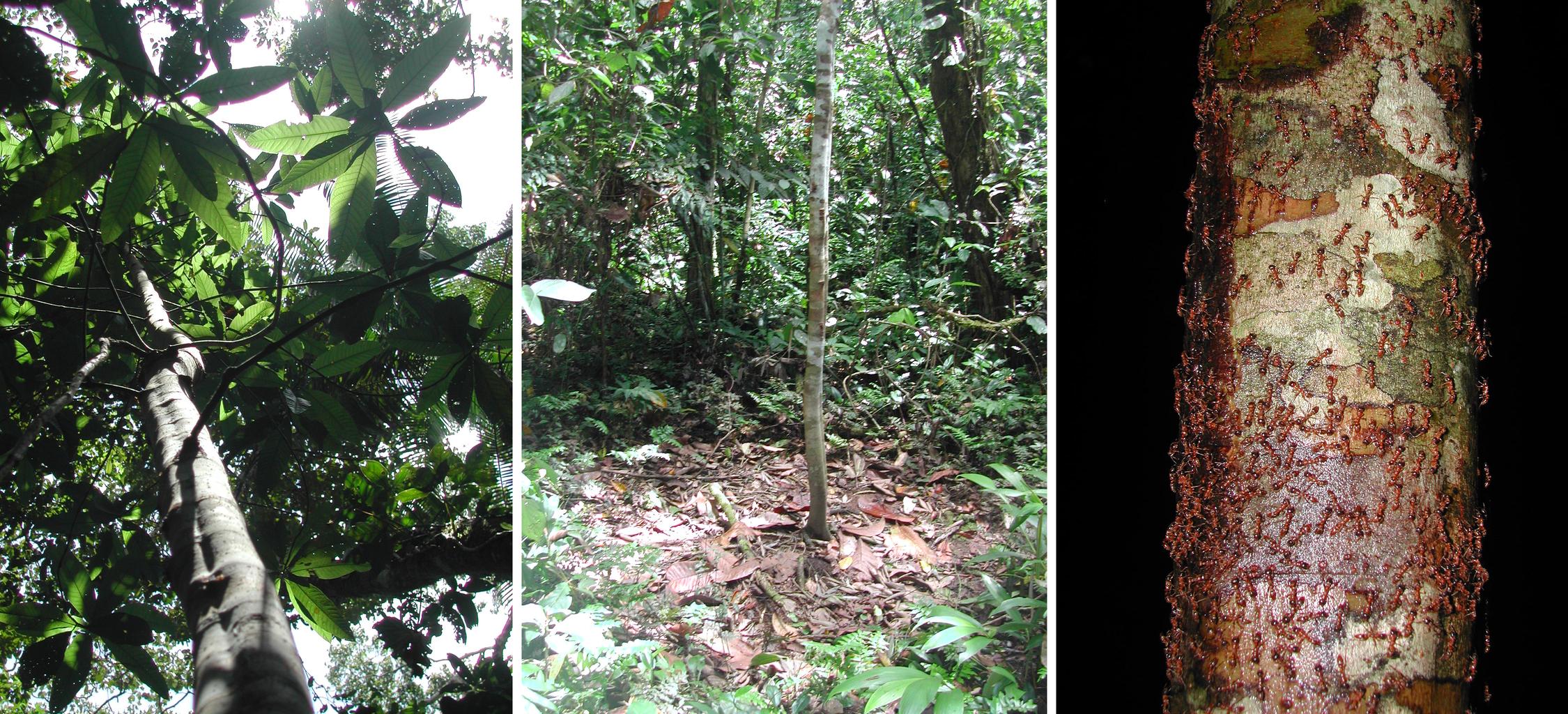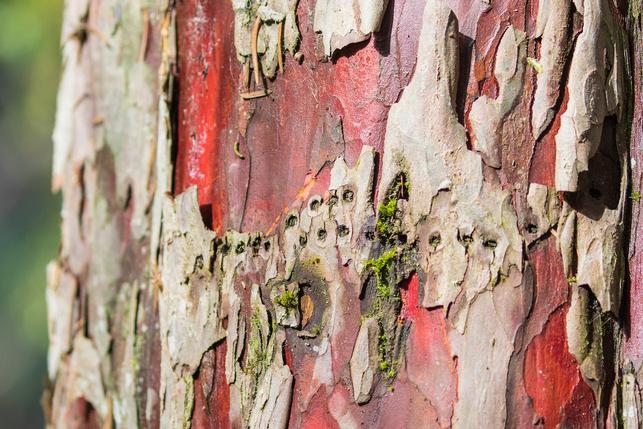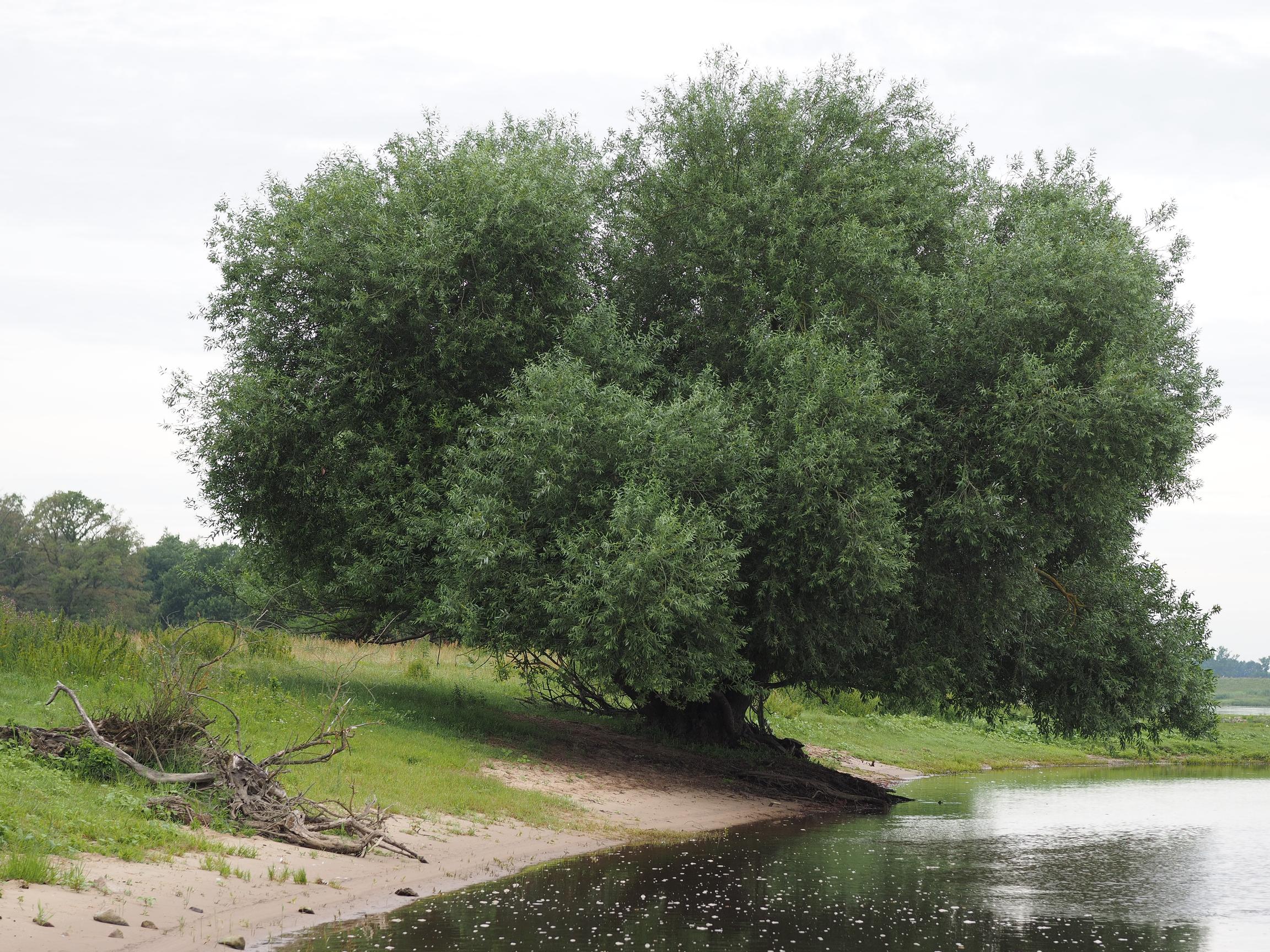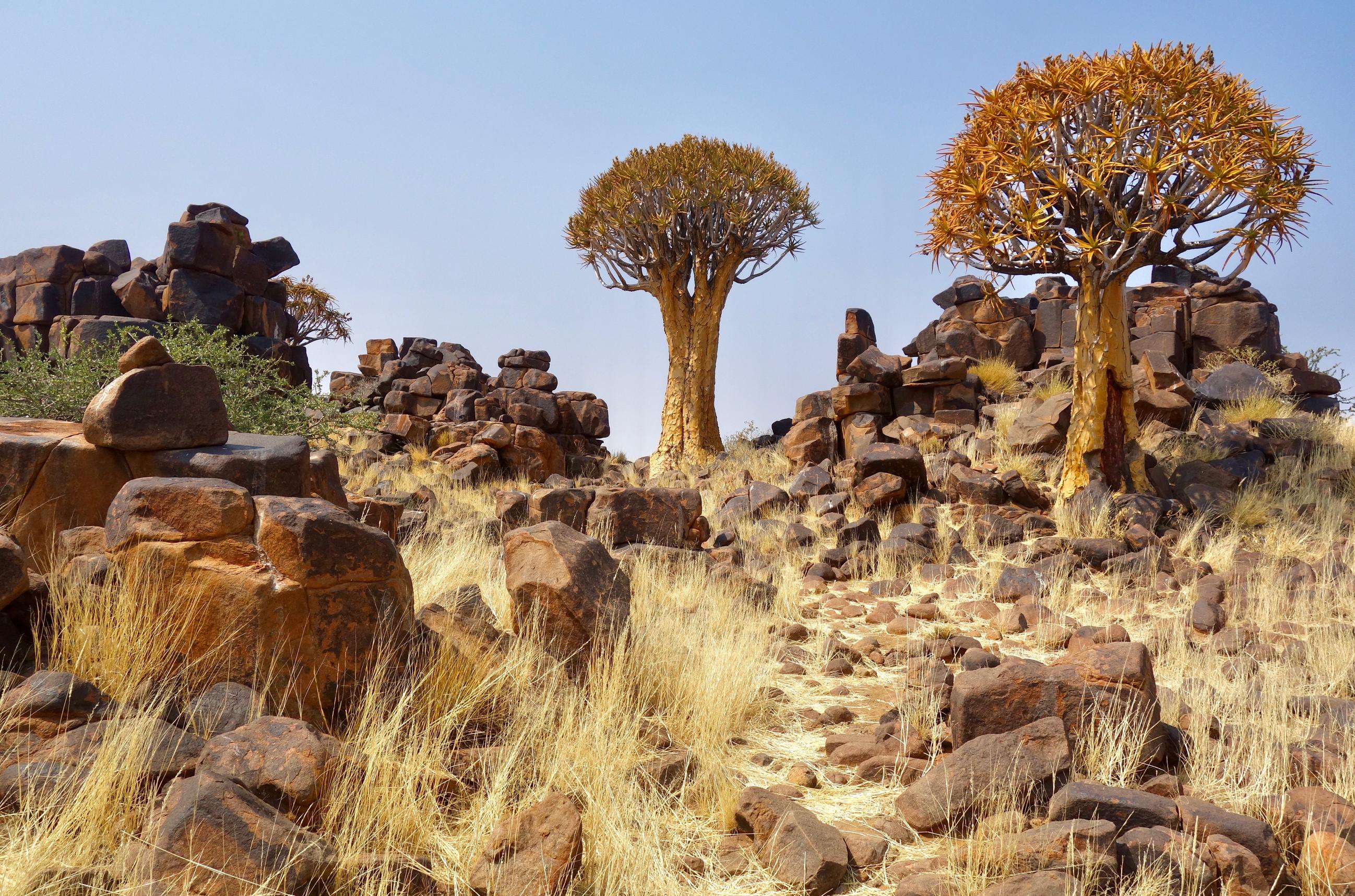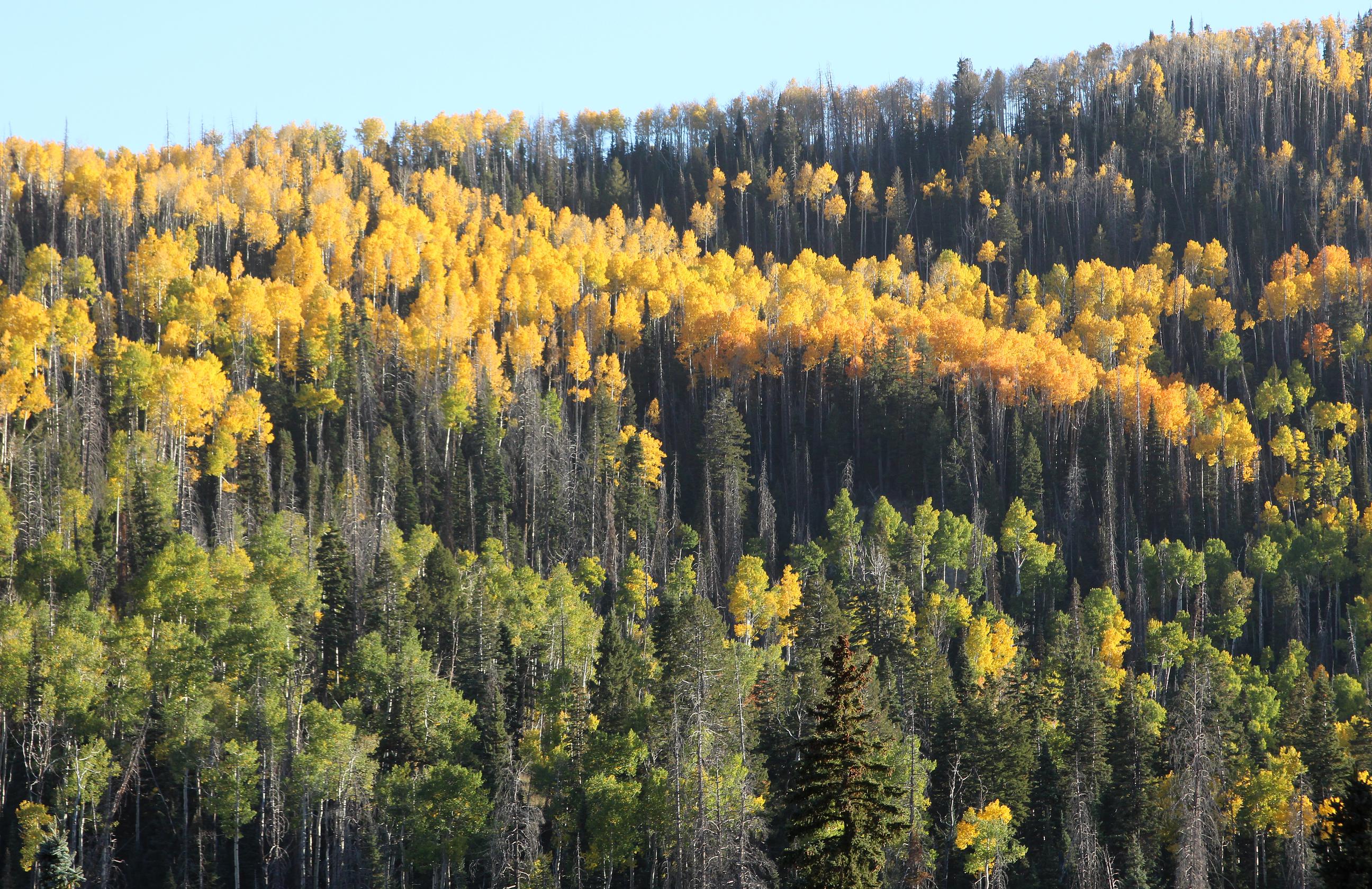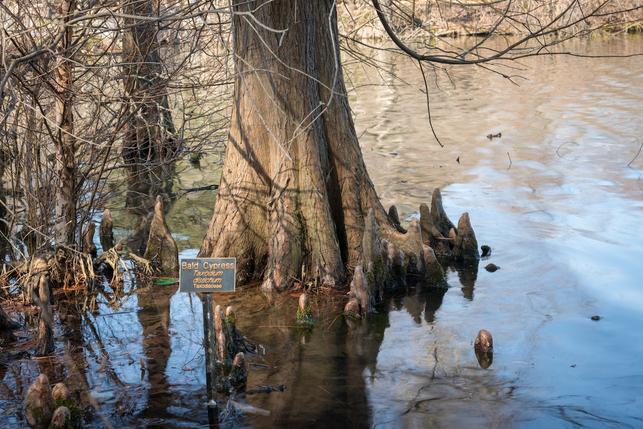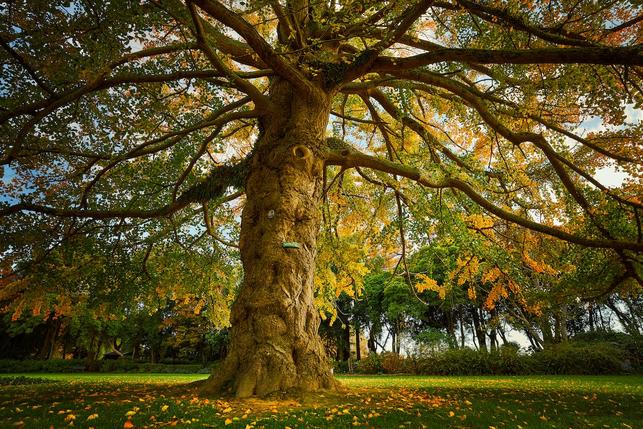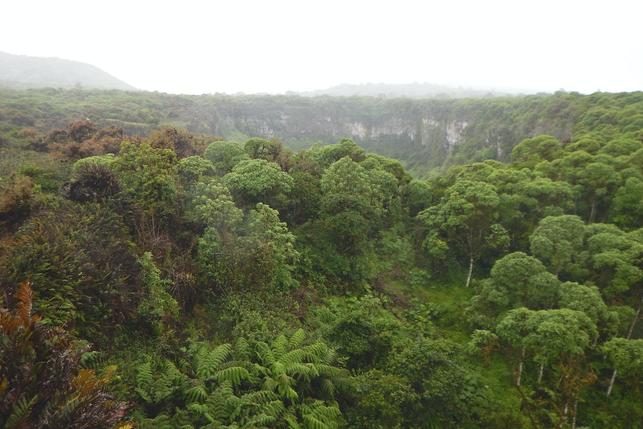What is the oldest tree in the world? The tallest? The most fantastical? Take a visual tour of some of Earth’s most unique trees.
From mighty redwoods to bulbous baobabs, trees come in a massive variety of shapes and sizes. In total, there are about 73,300 species of trees on Earth — and each plays an important role in helping humanity thrive. Trees create food and oxygen, enrich the soil, cool the ground and provide habitat for wildlife. As if that wasn’t enough, they also help to solve the world’s climate crisis by storing and absorbing climate-warming carbon.
Browse a gallery of some of nature’s most weird and wonderous trees, as selected by Conservation International scientists and field researchers, and brush up on some key facts that every dedicated tree-hugger should know.
